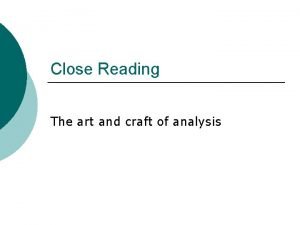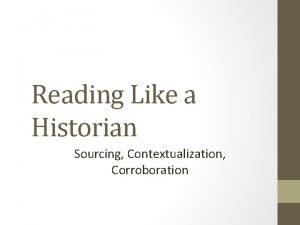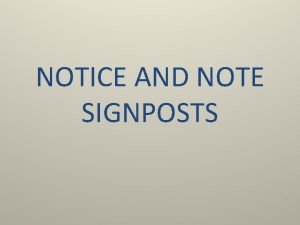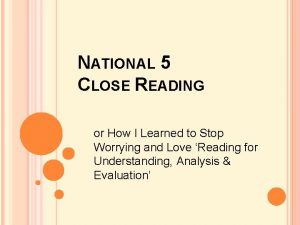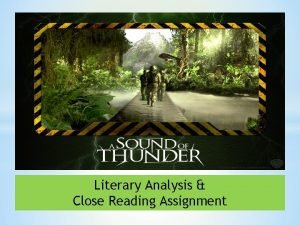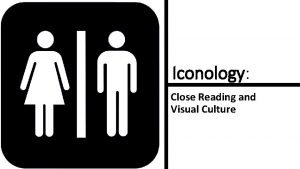Rhetorical Analysis Rhetorical Analysis The close reading of








- Slides: 8

Rhetorical Analysis

Rhetorical Analysis • The close reading of a text to figure out exactly how it functions. • Text = book, essay, article, commercial, cartoon, photograph, ANYTHING! • Analyze how the components of an argument work together to persuade or move an audience. • God Made a Farmer

What To Ask • RHETORICAL TRIANGLE! • • • What’s the purpose? Who is the audience? What appeals are used? What’s the genre? Who is making the argument? What authorities are referenced? • • • What facts/reasoning/evidence is used? What claims are made? What’s the context? How is it organized? What style elements are used?

Purpose, Speaker, Audience • Always begin by identifying the purpose. • Knowing the speaker is critical. • What else have they produced? • Who publishes them? • Identify target audience. • How is credibility established with that audience? • Does the speaker share values with or understand the audience? • Cadillac ELR commercial • Ford’s Response

Pathos • Sometimes emotion is used to distract you from thinking logically. • Note juxtaposition of image and text. • Decide whether or not the emotions evoked advance the claims being made – does it add to the persuasiveness or not? .

Ethos • Readers believe writers who seem honest, wise, and trustworthy. • • Does speaker have authority? Is evidence presented in full and not tailored to speaker’s agenda? Are objections addressed? Are sources documented? • Pay attention to word choice, or color and shape choice – what do these things say about the speaker?

Logos • Analyze whether and how claims are supported by good reasons and reliable evidence. • Analyze relationships among different points – do they support each other? Are there inconsistencies? • Examine quality of the information. • ANYONE can throw “facts” on the internet!

Arrangement & Style • No specific formula or pattern for an argument. • Note what might be ABSENT from an argument. • The look and style choices can support, undermine, or muddle a message. • Things like tone can make a reader more or less likely to keep reading, and make the message more or less persuasive.
